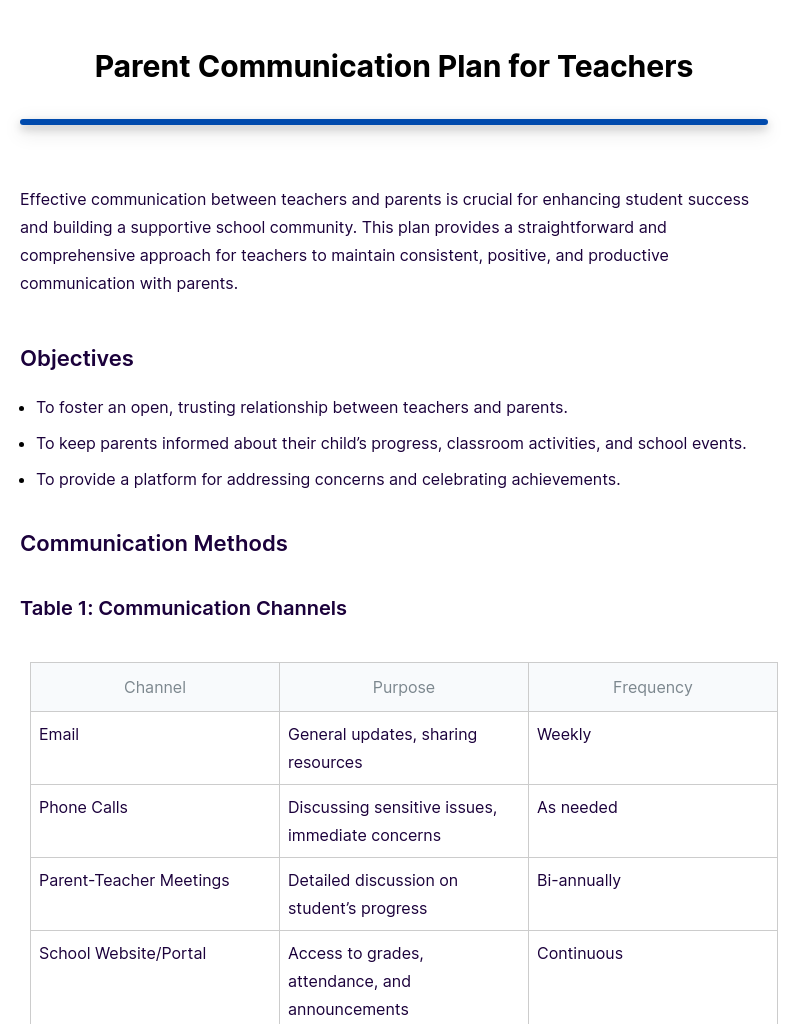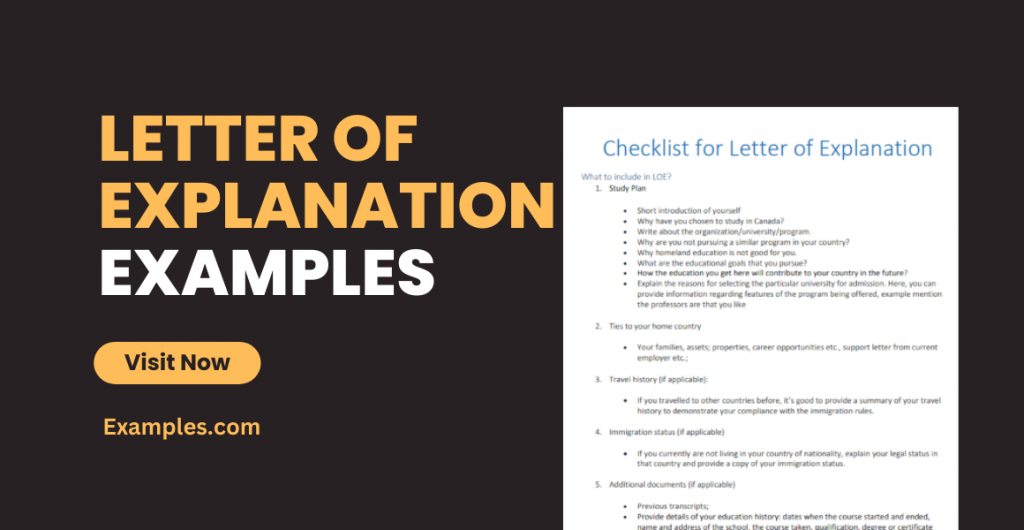When you are working for a company or an organization, the first few things a candidate would experience if they are chosen is to undergo training. When they undergo any kind of training given to the company, they are given a type of form that they need to read, understand and sign. The agreement form is used as a way that both parties have understood the nature of the job. As well as the responsibilities that go with it. A training agreement has the same use except it is to explain about the employee’s training schedule and the nature of the training. To know more about what goes on in an employee training agreement, check out the article below.
[bb_toc content=”][/bb_toc]
5+ Employee Training Agreement Examples
1. Employee Training Agreement Template
2. Employee Training Report Template
3. Retailer Employee Training Agreement
4. Employee Training and Reimbursement Agreement
5. Employee Corporate Training Agreement
6. Employee Training Repayment Agreement
What Is an Employee Training Agreement?
A training agreement for employees is a document that is discussed, agreed upon and signed by the parties in question. In this case, the employees and the trainer or trainers both signed the agreement document that states about the training of an individual. The training agreement consists of the responsibilities, the rules, the policies and the consequences as to what may happen if the employee refuses to join in on the training. In addition to that, the training agreement also consists of the employee’s information that is expected before training.
The information is confidential and would only be used as information for the company. It also consists of the money that may be used if the employee does not complete the training and is expected to pay the trainer for the time spent if the employee was not able to complete it. The importance of having an employee training agreement is to protect both parties from the consequences that follow if there is no agreement being made.
What to Expect in an Employee Training Agreement?
Now you may wonder what an employee training agreement would look like. What to expect in a training agreement? This may depend on the company or on the organization on what they want to add to their own training agreement. As each company differs with how they write their employee training agreement. However, there are some common things that can also be seen in the majority of employee training agreements. The ones listed below are just some of the common things that you may see and expect in an agreement for employee training. Check them out right now.
1. Employee’s Identification
The most important and most common thing found in an employee training agreement would be the applicant’s or the employee’s identification. This covers up the basic and public information that can be shared within the company. It is the most important and most common because any type of agreement regardless of how it may be written, the person’s identification is always going to be present.
2. Rules and Policies
There are also some training agreement forms that add the company’s rules and policies. This is one way of being able to discuss before the employee is to sign or to continue on with the training. However, there are also some who simply place the policies and the rules are given on a different piece of document. Some rules are often placed together with the policies while others keep them separated.
3. Signatures
In any type of agreement form, you can always find the part that asks for signatures. It is expected that the signature of the employee and the trainer and the employer are found. The reason for this is to make sure they have understood, discussed and agreed on what and how this training was going to happen.
4. Training Time Frame
The training time frame is often something that employers tend to discuss but there are others who actually place the time frame for the training. This is not only very helpful, but it gives the employee a view of how long the training would be and how many hours in a day would the training have. Of course, others may still wish to discuss it than to write it, but this is what you can also expect in an employee training agreement.
5. Complete Details
Training agreement forms usually have a small paragraph that explains the details of how the agreement works. This is often ignored or overlooked but it usually helps explain the policies and guidelines of the agreement you have signed. As the information stated there can be as useful as the discussions given before signing the agreement.
FAQs
Why is an employee training agreement important?
This document not only protects both parties from consequences, it is also important as this agreement often states the policies and the rules being given by the company.
What happens if the employee refuses to sign the agreement?
There will be no training as well as the employer would understand that the employee is not interested.
Is it necessary for the employee to read everything about the training agreement?
Yes. It is necessary as well as important for an applicant or an employee to read everything that is being written in the training agreement. As there are some important details that could be addressed to the employer if the need arises.
Agreement forms are a document that should be taken seriously by anyone who has to fill them out. These agreement forms are used as a way for employers or trainers to see that you have agreed to what has been discussed or what has been stated. This is the reason why in any type of agreement form, whether it is to be hired or to be trained, an employee must always take it seriously to read the form before signing anything. As an agreement form especially a training agreement form is also legally binding, and there may be some information that would be best discussed with your future employer.









































































